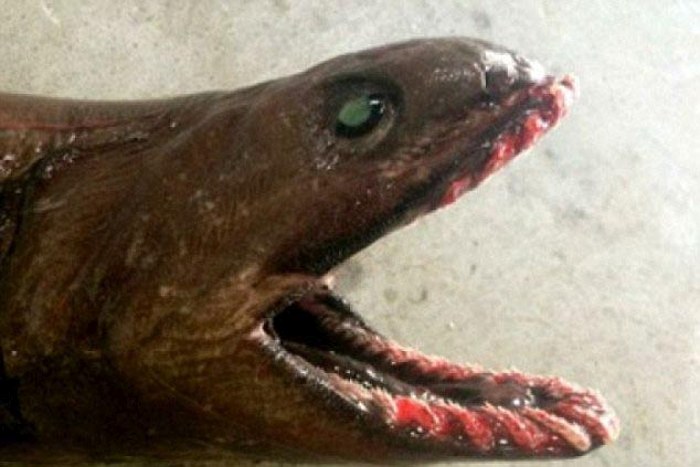|
|
Xenacanthus Prehistoric Shark, Lakes Entrance, Victoria, Australia
|
Xenacanthus had a number of features that distinguished it from modern sharks. This freshwater shark was about one meter (three feet) in length. The dorsal fin was ribbon-like and ran the entire length of the back and round the tail, where it joined with the anal fin. This arrangement resembles that of modern conger eels, and Xenacanthus probably swam in a similar manner. A distinctive spine projected from the back of the head, and gives the genus its name. The teeth had an unusual V-shape, and it probably fed on small crustaceans, and heavily scaled palaeoniscid fishes.
As in all fossil sharks, Xenacanthus is mainly known because of fossilised teeth and spines.
|
|









